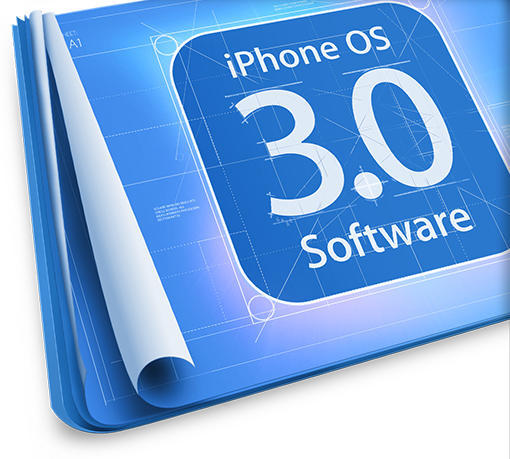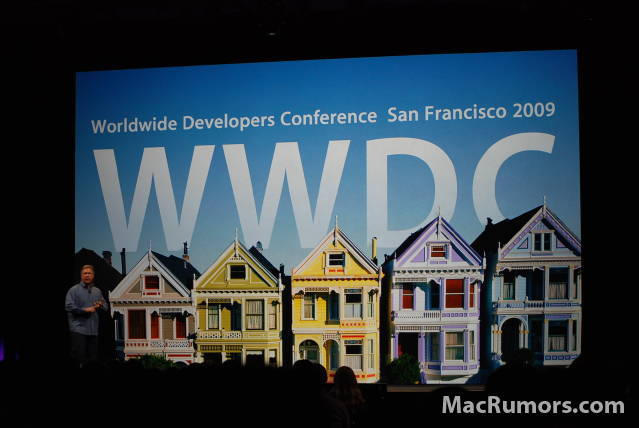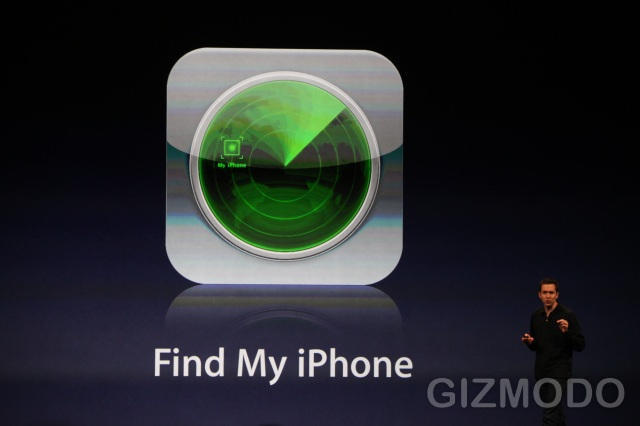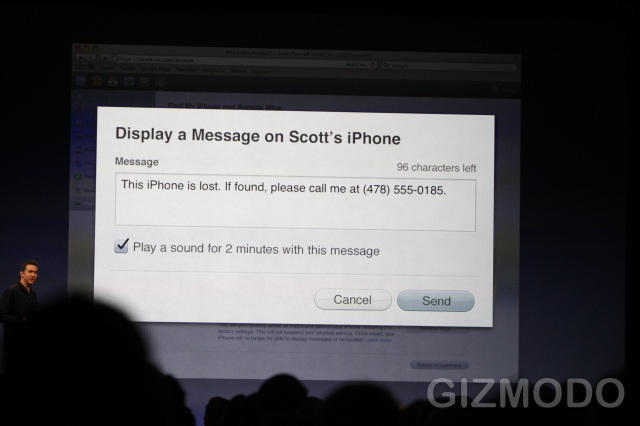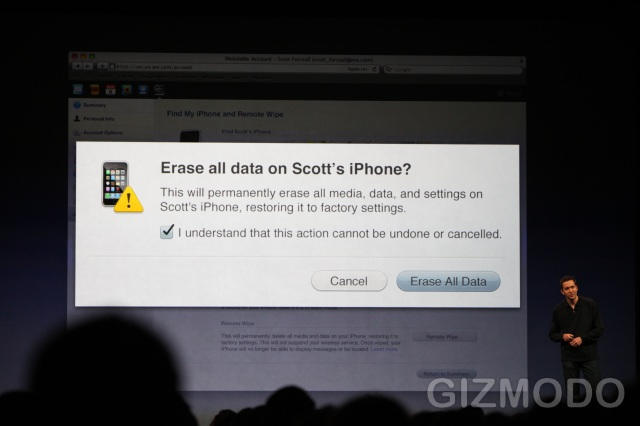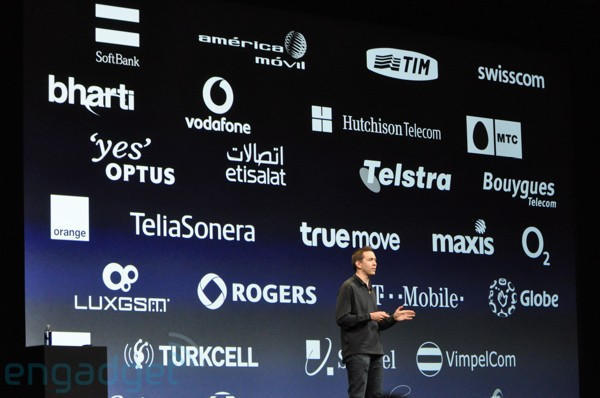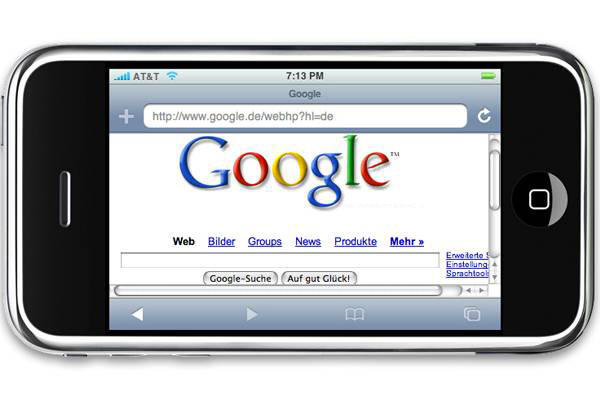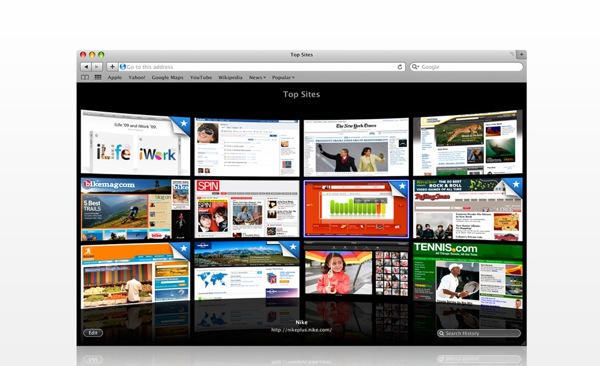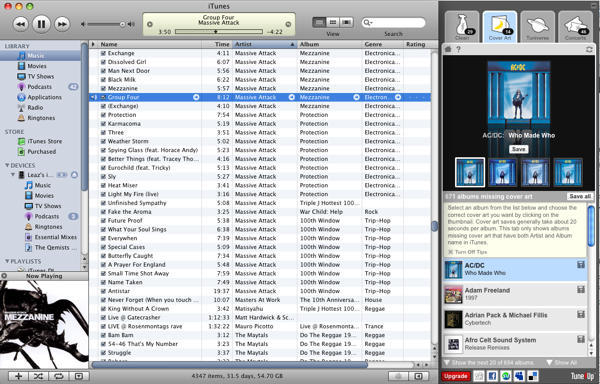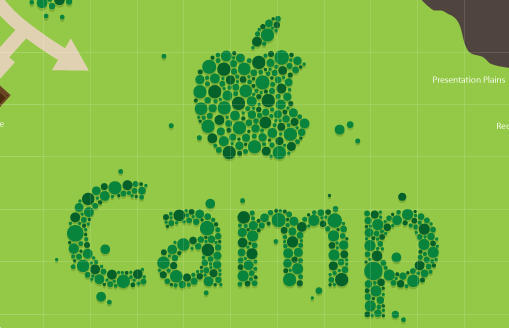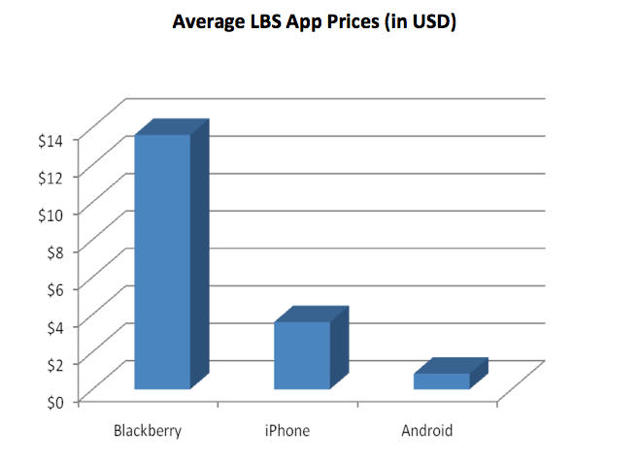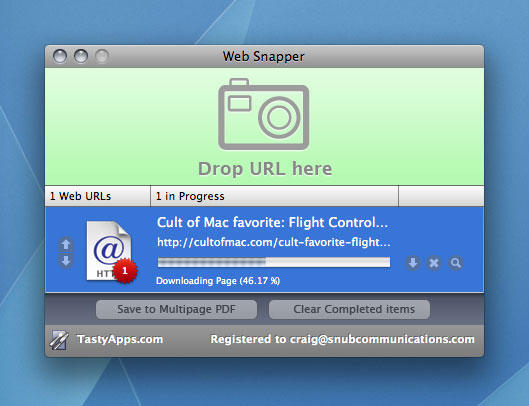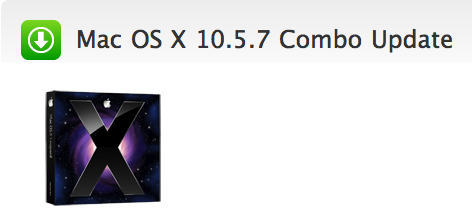The latest developer build of Snow Leopard and the iPhone 3.0 OS software (which aqllows tethering) are available on the Bittorrent file-sharing network.
Programmers at WWDC got the latest version of Snow Leopard on a DVD, but now the same build (10a380) is available on Bittorrent. The build is 5.84GB and will require a dual layer DVD burner to install. Apple said on Monday the developer build of Snow Leopard is “near complete,” but will likely see extensive changes between now and September, when it will be officially released.
Likewise, the final version of the iPhone 3.0 OS — which will be available officially next week on June 17 — can be downloaded from the file-sharing networks. And for some inexplicable reason, the software supports tethering.
The 3.0 software can be easily installed via iTunes onto an iPhone or iPod touch. However, users have to download the correct version of the software for their device. That is, the firmware for the original iPhone will not work on the iPhone 3G. The 9to5 website says the software may make it harder to unlock the phone’s SIM. In the comments, the site’s readers report no major problems installing or running the software.
“It works fine,” said one commenter. “You can upgrade your current 2.0 firmware in iTunes and not lose any data – all my apps still work perfectly and the phone has been running fine all day (installed last night), snappier than before even. seem to be losing the cool ‘fade’ action you get when quitting an app a lot of the time though.”
Previous developer builds of the 3.0 software have been available on Bittorrent for some time, but installing it required registering the device’s ID through a developer’s account. The latest OS build however does not require device registration, and is said to the same software that will be officially available next week.
To enable tethering, go to Settings > General > Network > Set Up Internet Tethering
NOTE: Only a desperate freak installs dodgy software off the internet onto their cell phone just a week before getting it officially, and for free. Proceed at your own risk.
